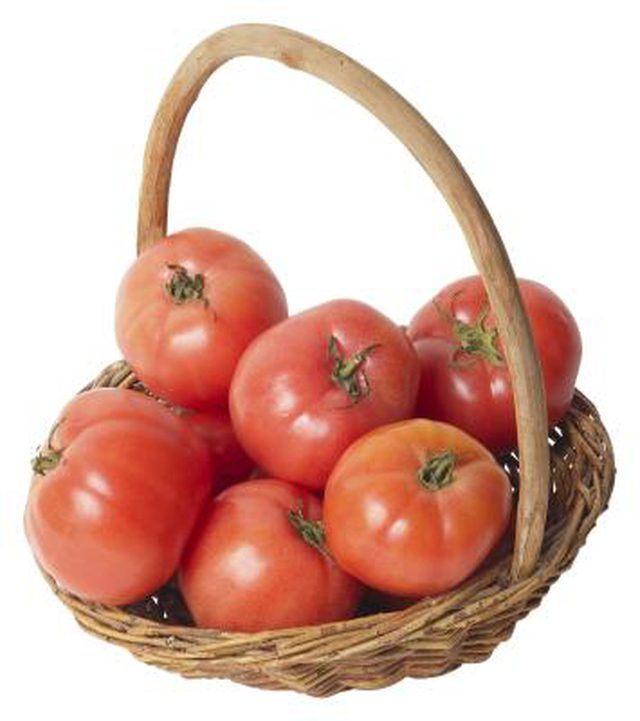Bulbs
Flower Basics
Flower Beds & Specialty Gardens
Flower Garden
Garden Furniture
Garden Gnomes
Garden Seeds
Garden Sheds
Garden Statues
Garden Tools & Supplies
Gardening Basics
Green & Organic
Groundcovers & Vines
Growing Annuals
Growing Basil
Growing Beans
Growing Berries
Growing Blueberries
Growing Cactus
Growing Corn
Growing Cotton
Growing Edibles
Growing Flowers
Growing Garlic
Growing Grapes
Growing Grass
Growing Herbs
Growing Jasmine
Growing Mint
Growing Mushrooms
Orchids
Growing Peanuts
Growing Perennials
Growing Plants
Growing Rosemary
Growing Roses
Growing Strawberries
Growing Sunflowers
Growing Thyme
Growing Tomatoes
Growing Tulips
Growing Vegetables
Herb Basics
Herb Garden
Indoor Growing
Landscaping Basics
Landscaping Patios
Landscaping Plants
Landscaping Shrubs
Landscaping Trees
Landscaping Walks & Pathways
Lawn Basics
Lawn Maintenance
Lawn Mowers
Lawn Ornaments
Lawn Planting
Lawn Tools
Outdoor Growing
Overall Landscape Planning
Pests, Weeds & Problems
Plant Basics
Rock Garden
Rose Garden
Shrubs
Soil
Specialty Gardens
Trees
Vegetable Garden
Yard Maintenance
How to Grow Beefsteak Tomatoes Inside
How to Grow Beefsteak Tomatoes Inside. Homegrown tomatoes (Lycopersicon esculentum) typically taste a lot better than tomatoes you find in the supermarket. But, not everyone has the space to garden outdoors or lives in a climate that is suitable for growing tomatoes. Even with a lack of outdoor space or warm weather, you can successfully grow your...

Homegrown tomatoes (Lycopersicon esculentum) typically taste a lot better than tomatoes you find in the supermarket. But, not everyone has the space to garden outdoors or lives in a climate that is suitable for growing tomatoes. Even with a lack of outdoor space or warm weather, you can successfully grow your own tomatoes, provided your indoor space is suitable. If you want big, slicing tomatoes, even in the middle of winter, try growing a variety of beefsteak tomato indoors.
Things You'll Need
Garden gloves
Beefsteak tomato seedling
10-gallon bucket or container with drainage holes
Potting soil
Trowel
Tray for catching water
Tomato cage, or 3 bamboo stakes and twine
Fish emulsion
Watering can
Choose a window in your home that gets a lot of sunlight each day. A south-facing window is ideal. The larger the window, the more light the plant will receive. Tomatoes need at least six hours of sun daily.
Fill the bucket or container to within 2 inches of the top with potting soil. Use a trowel to make a hole in the potting mix in the middle of the bucket. The hole should be twice as wide as the seedling's root ball and twice as deep. Set the tomato seedling in the hole, then fill in with the potting mix. It's OK to bury part of the seedling's stem in the soil, as it will form roots along the stem. Press down on the soil.
Place the tray in front of the window, then set the container on top of the tray. Water until water runs out of the drainage holes to help the tomato plant get settled in.
Push the ends of the tomato cage into the soil around the plant. The cage will provide support for the tomato as it grows, keeping it off of the floor. If you don't have a cage, you can push three bamboo stakes into the soil around the plant, then bring the tops together to form a pyramid shape. Tie the tops of the stakes together. As the tomato grows, gently tie its stem to the stakes using twine.
Fertilize the plant every other week using a 5-5-5 fish emulsion fertilizer. Pour about a tablespoon of the fertilizer into a watering can, then fill with water and mix. Pour the diluted fertilizer on the soil. Alternatively, follow the directions on the fertilizer package for mixing and application.
Water the plant when the top inch of soil is dry. Don't water so much that the soil stays permanently soggy. You might need to empty the tray underneath the container from time to time.
Help pollinate the tomato plant by gently shaking it or tapping it once flowers form. Tomatoes self-pollinate, but need a bit of assistance, usually from the bees or the wind. Since neither appear indoors, you'll need to help out by moving the plant.
Prune "suckers," additional branches that appear on the plant, to keep it from growing too large and to focus the plant's energy on producing fruit, not more stems and leaves.
Harvest the fruits when they are deep red in color and full-size, usually between 8 and 16 ounces for beefsteak tomatoes. The fruits should be slightly firm to the touch, not mushy.
Tips & Warnings
Several varieties of beefsteak tomato are available. "Burpee's Early Pick" is a hybrid that does well in cooler conditions. "Big Beef" is a variety that resists many diseases. Other varieties include "Celebrity" and "Red Sun."
Turn the tomato plant from time to time so that each area of the plant gets ample sunlight.